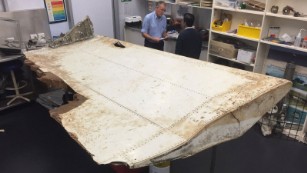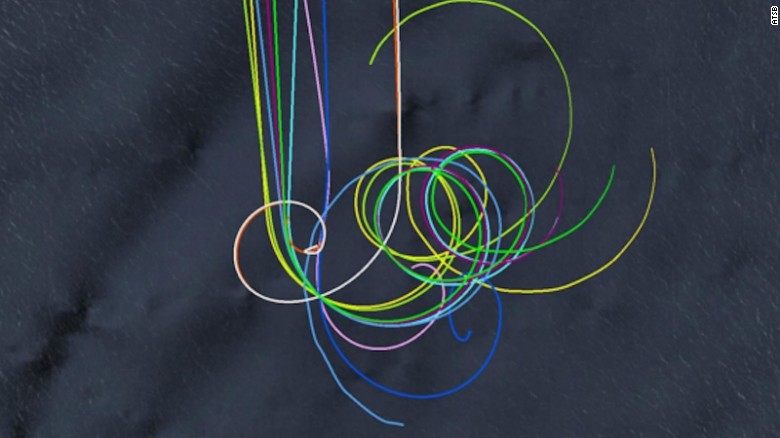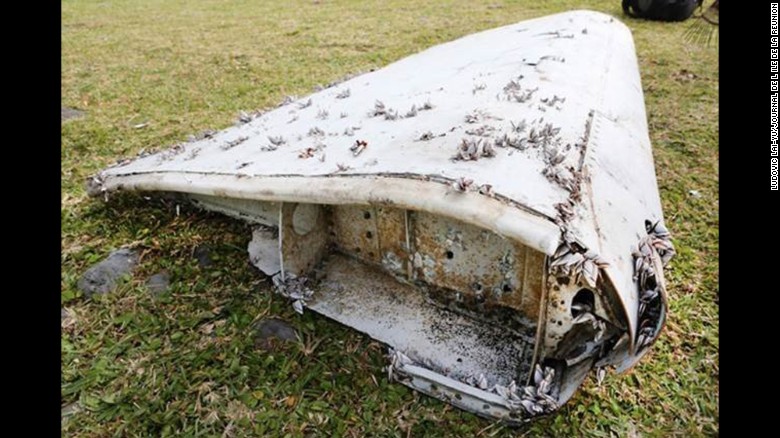Missing plane Malaysia Airlines MH370 was plunging towards the sea with no one in control when it made its last satellite communication, new analysis reveals.

A new report released by the Australian Transport Safety Bureau (ATSB) on Wednesday provided the clearest picture yet of the missing plane’s final moments in March, 2014.
“Additional analysis (of) the final satellite communications to and from the aircraft is consistent with the aircraft being in a high and increasing rate of descent at that time,” the report said.
“Additionally, the wing flap debris analysis reduced the likelihood of end-of-flight scenarios involving flap deployment.”
According to end of flight simulations run by the ATSB, the plane was spiraling in its final moments, descending at up to 25,000 feet per minute.
Airlineratings.com aviation expert Geoffrey Thomas told CNN the report debunked theories that the pilot had been flying the plane when it landed in the sea.
“The really important news in this report is that the flap found in Tanzania was stowed. Therefore there was no way this airplane was being flown by anyone,” he said.
“It was out of control, ran out of fuel and spiraled into the sea at high speed.”

Three pieces of debris found
Shortly after it left Kuala Lumpur on a flight to Beijing on March 8, 2014, MH370 ceased communications and vanished, starting one of the greatest aviation mysteries ever.
More than 20 items of debris have been brought to the attention of investigators, but only three have been confirmed as from MH370.
They include the flaperon mentioned in the report, which washed up off the coast of Tanzania in June 2016.

So far, 110,000 squares kilometers (42,000 square miles) have been covered as part of the underwater search for MH370, with the search currently due to conclude at 120,000 square kilometers (46,000 square miles).
“Where they’re looking is still the area where everyone agrees that’s where the plane is,” Thomas said, adding there were slight disagreements in opinion.
“(But) we’re only talking about small increments — just variations as to exactly, precisely where it could be.”
As reported by CNN
